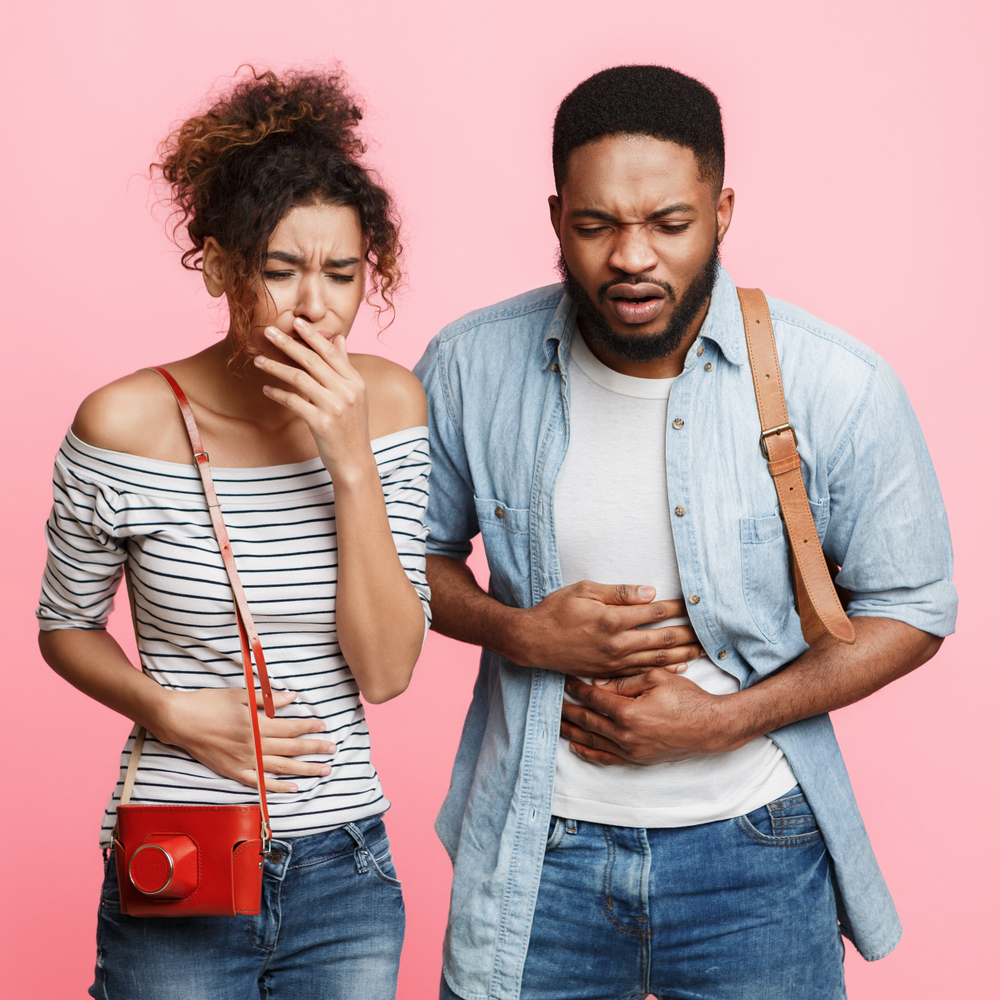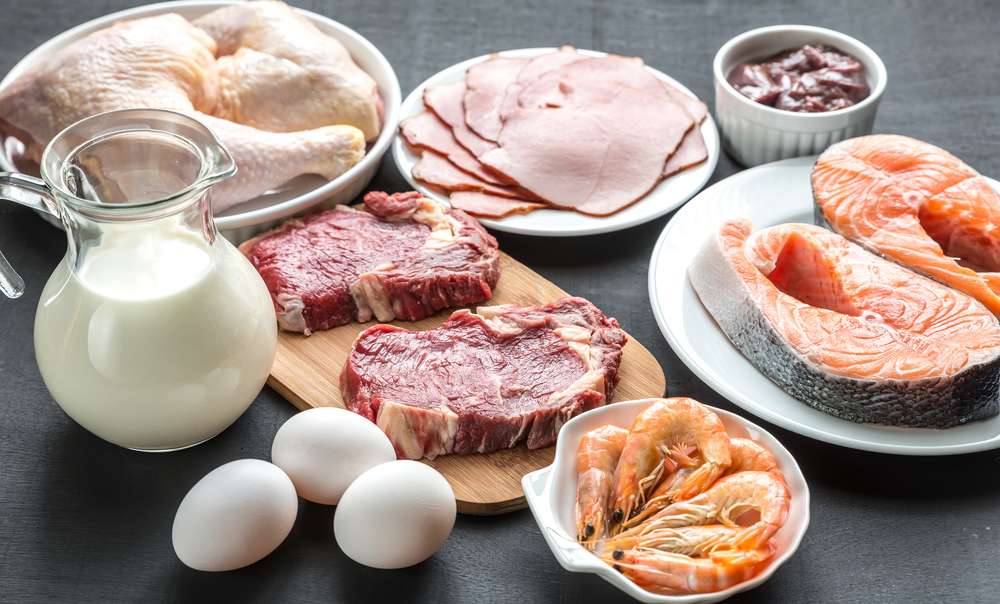How to Identify Food Poisoning and the Foods Likely to Cause It
by Carolyn Lee Nov 7, 2022

If you’ve experienced food poisoning, you know it can be an unpleasant experience. Food poisoning may happen when food contaminated with parasites, viruses, toxins, or harmful bacteria, is consumed. Food poisoning can last a few hours and, in severe instances, a few days. So, it helps to know the symptoms and identify some foods that contribute to food poisoning.
Symptoms of food poisoning
The illness’s most common signs and symptoms include loss of appetite, vomiting, diarrhoea, painful abdominal cramps, nausea, and fever. Some people may experience severe signs and symptoms like dehydration, blood in vomit or stool, or diarrhoea for more than three days. There are also neurological symptoms such as strange sensations in the body (tingling), burning, blurry vision, weakness, or numbness.
Food that may cause food poisoning

Food containing harmful bacteria can cause sickness if contaminated. We’ve got some foods you should pay attention to since they are more likely to cause food poisoning.
Eggs: Undercooked or raw eggs can lead to food poisoning since eggs carry salmonella bacteria, which can contaminate the shell and inside the egg. You can reduce the risk of food poisoning by opting for pasteurised eggs and avoid eating eggs with dirty or cracked surfaces.
Pork, turkey, chicken, and beef: Poultry, raw and undercooked meat can lead to sickness since most raw poultry contains campylobacter (typically found in the stomach and feathers of poultry), salmonella, and other bacteria. Raw meat might contain E.coli (Escherichia coli), salmonella, and other bacteria. Also, fresh poultry and raw meat can become contaminated during slaughtering. So, ensure that you cook meat thoroughly to eliminate bacteria.
Fruits: Fresh fruits might get contaminated during the farm-to-table journey, which includes cross-contamination in the kitchen. Fruits like honeydew melon, cantaloupe, and watermelon have a high risk due to Listeria bacteria that can grow on the rind and spread to the fruit’s flesh. So, remember to wash fruits eating.
Raw shellfish and seafood: Fish stored at the incorrect temperature can become contaminated with histamine, a toxin from fish bacteria. Mussels, oysters, and clams are high-risk shellfish foods linked to foodborne illnesses. Shellfish consume algae that can lead to toxins in the flesh of shellfish. Avoiding undercooked or raw fish, shellfish, or meals with raw or undercooked seafood can help minimise the risk of food poisoning from shellfish.
When should you see a doctor?
Food poisoning can range from mild to severe, so see your doctor or healthcare provider if you display severe symptoms. Use the Guernsey Directory to search for doctors, chemists, and other relevant services that might help you.







